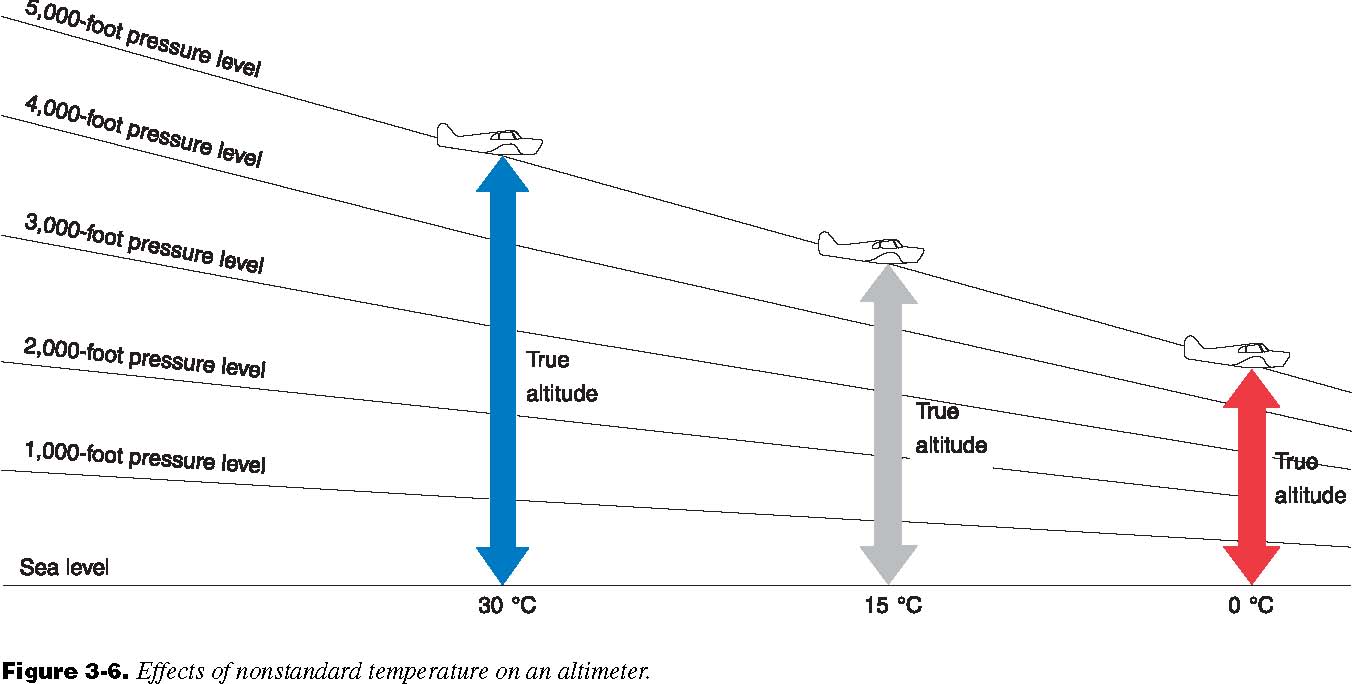Student pilot here, working on my first rating. A lot has been drilled into my head about density altitude as we approach the hot summer months here in the northern hemisphere, and how it causes the plane to act as though it were at a higher altitude—less lift, less power, less thrust—but no one seems to understand when I ask if this also puts the aircraft higher in the sky, as well.
As near as I can understand, the atmosphere actually expands and becomes taller under hot conditions, and the various pressures that we associate with certain altitudes are actually further apart. Is there a flaw in my understanding?
It mystifies me that no one I've talked to seems particularly concerned about something that could potentially throw off your ability to judge your true altitude. Wouldn't you need to be more concerned about cold-weather density altitude when crossing mountain ranges? The mountains don't get shorter just because your pressure levels are closer together . . . right?


